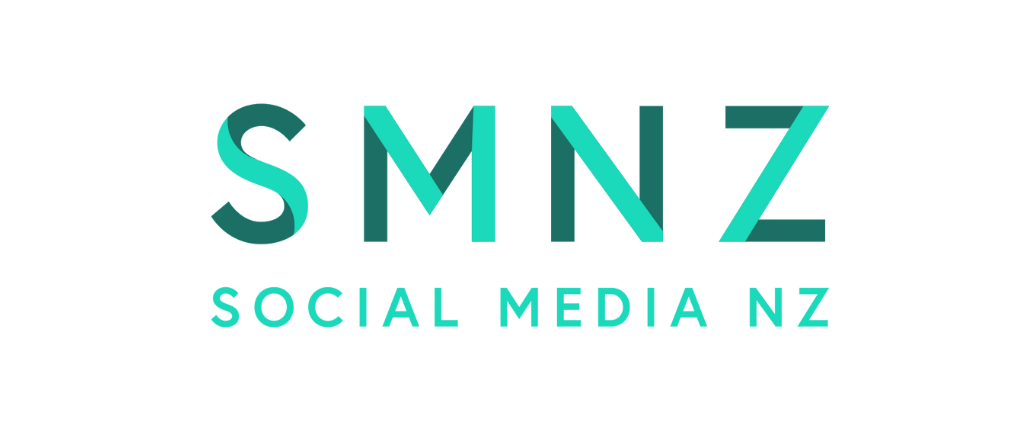4 tips to help your brand handle a social media firefight
With more businesses present in social media, we're starting to see brands being attacked by consumer power. Does your brand have a plan to deal with such an occurrence? It may be time to dust off the old traditional threat/risk analysis plan and update it with some modern additions.Here are 4 ways you can prepare for and prevent consumer attacks through social media.1: Track conversations.Whether your brand is represented in social media or not, you NEED to be tracking the conversations about your brand. At a minimum, you should be tracking conversations on blogs, forums, online magazines, Facebook, Twitter and Youtube. This is for NZ specific brands; the level of social network usage differs from country to country.Don't fret, you don't need to sign up to every social network just yet. There are tools to help you get a glimpse of what’s being said about you across the board. If you're experimenting with social media and don’t want to outlay much money, doing some simple site searches, or using tools like Social Mention, will help you find out the basics. Be careful with these tools though. Social Mention is only approximately 70 -80% correct in its sentiment rating; approach it analytically. If you’re a larger, high-profile business, you will want to use much more serious tracking software. Getting a profile set up with Neilson's Buzz Metrics (see my old post Buzz Metrics – They're watching us) is in your best interests.2: Determine genuine threats.Large brands get a lot of negative conversation: it's par for the course really - you can’t make everyone happy. To make best use of your time, you need to identify a set of properties that will help you identify genuine threats. Genuine threats can come from anybody. In particular you need to keep an eye out for people who:
- Have large followings in social media – large reach.
- Are of high influence to their peers – large influence.
- Are leaders (will they set up a Facebook group to gather momentum behind their complaint?) – large potential capability.
3: Formulate a Mitigation Plan.Are you a SME or a large international company? Who is going to be monitoring sentiment from the public? Is the customer relations manager or communications manager the best person to be handling a firefight? These are all valid questions you need to ask yourself and your communications team. If you are a one man SME I recommend you have a sounding board to talk over your response tactics with. If you're a large international brand make sure you get clearance from regional heads around how you intend to handle a firefight.Brands are fragile entities in today's hyper-feedback era. They must be protected with attention to detail. These days you just don't know whether that 15 year old you’re fobbing off has an army of 30,000 followers that hang off their every word or not.4: Be aware of your own mistakes and fix them quickly.It's ok to go back on a wrong decision, as long as you can identify what and when you have done wrong. Your community will still respect you if you can stop, have a laugh at your mistake, and then rectify it.The community will let you know when you’ve made a bad decision so listen closely. The faster you can act on it, the better. For every major social interaction you are about to make without consulting your brand community, I recommend you have a plan B or a fallback plan including what, how, and who needs to be involved to get you back on track and in the good books.I take my hat off to Cadbury for their handling of the palm oil situation on this one. They became aware of their mistake very quickly and took action to rectify it. For a large international company to react with such haste from customer feedback was genuinely amazing. Yes, they should have been listening to their community before they made the decision in the first place, but they made the correct decision in the end.The important thing to remember is, if you're listening to your community closely enough, you may never need to use your plan because your community will constantly be in love with you.
